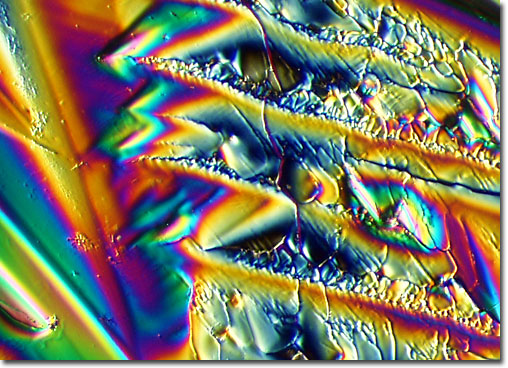Lutein

View a second image of lutein.
|
Lutein is one of 600 naturally occurring fat-soluble antioxidant carotenoid biochemicals that are found in green leafy vegetables such as spinach, kale, collard greens, romaine lettuce, leeks and peas. The central area of the retina in humans and primates is called the macula and contains lutein as the primary carotenoid. Lutein acts to filter and shield harmful blue light from the eye and protect against age-related macular degeneration, the leading cause of blindness in people over 65. One study indicated that adults with the highest dietary intake of lutein had a 57 percent decreased risk of macular degeneration compared to those with the lowest intake. Popeye, the popular cartoon character known for his timely consumption of spinach, was correct in his assumption that this unpopular vegetable is healthy eating. So was mom. Ounce for ounce, spinach contains more than 60 times as much lutein as yellow corn. Lutein and related carotenoids are now believed to protect against development of cataracts, and may have other health benefits as well. |
© 1995-2025 by Michael W. Davidson and The Florida State University. All Rights Reserved. No images, graphics, software, scripts, or applets may be reproduced or used in any manner without permission from the copyright holders. Use of this website means you agree to all of the Legal Terms and Conditions set forth by the owners.
This website is maintained by our
|